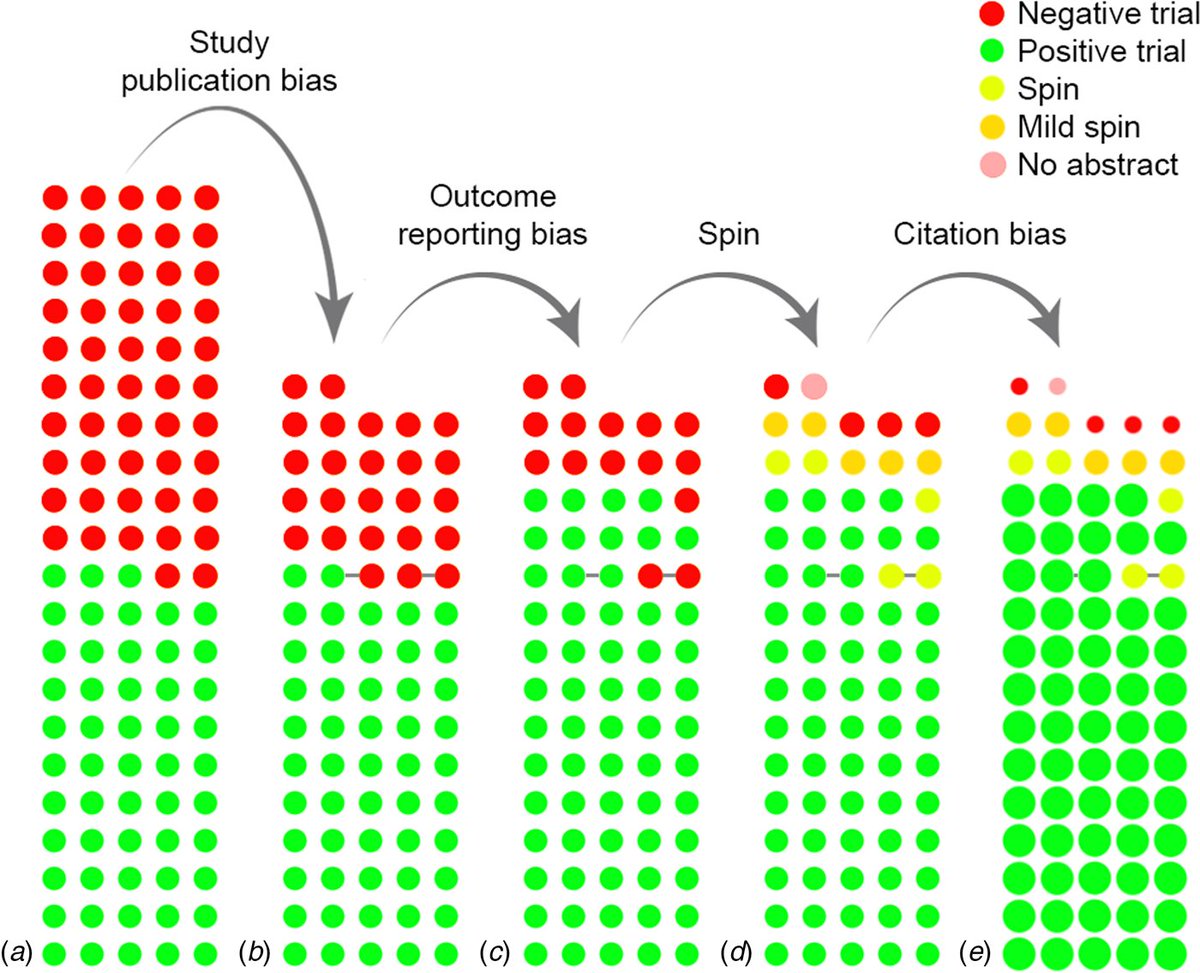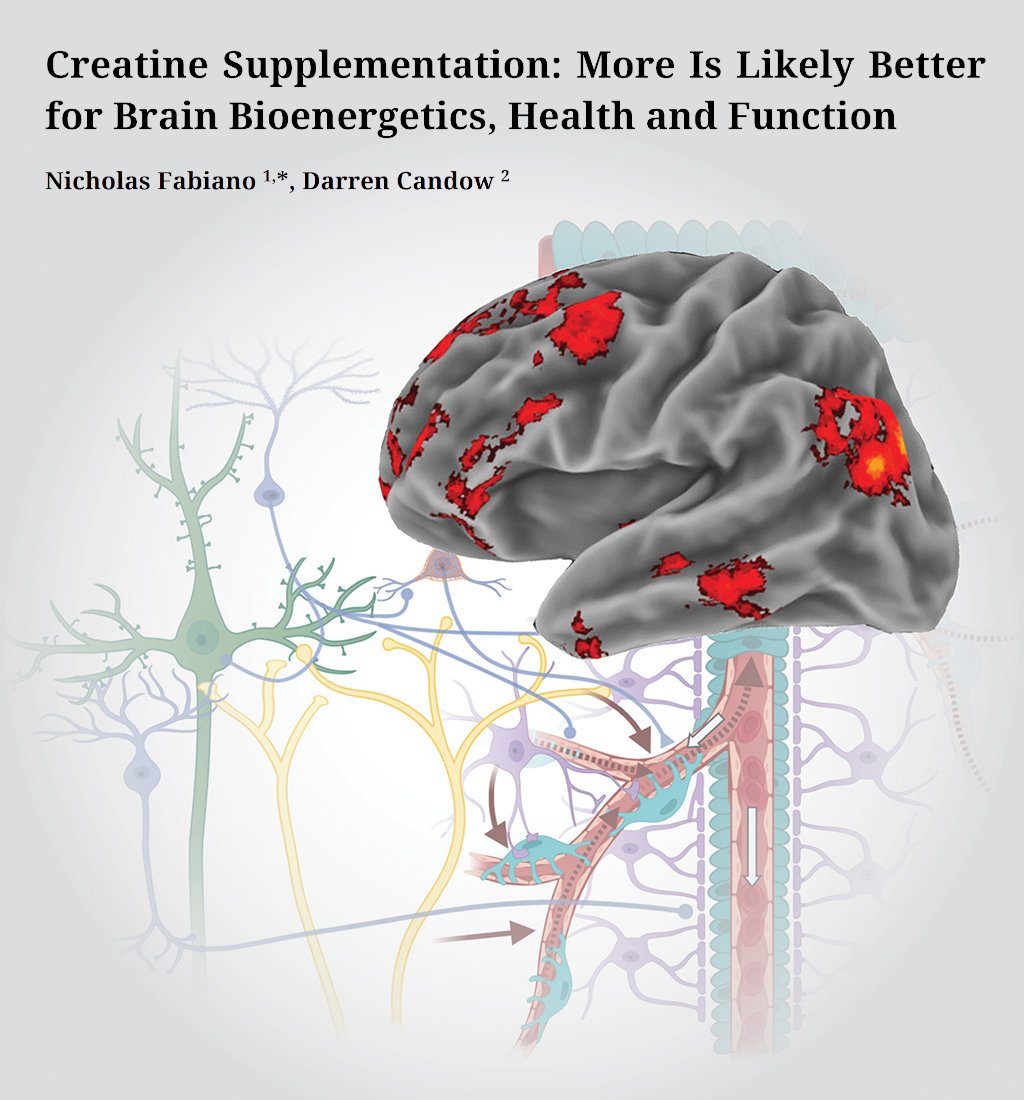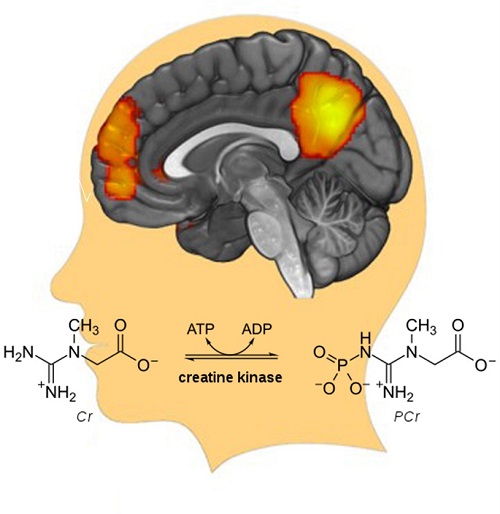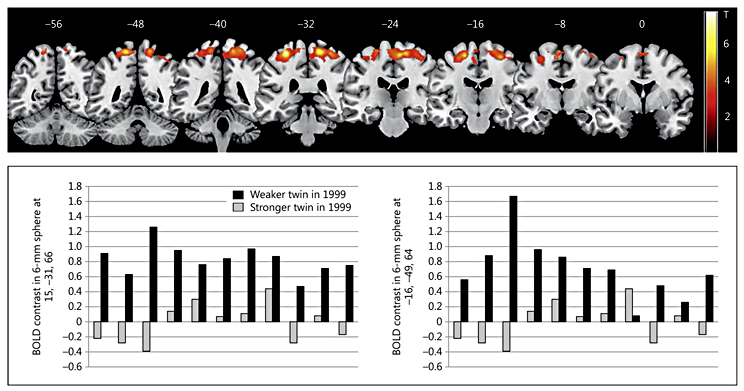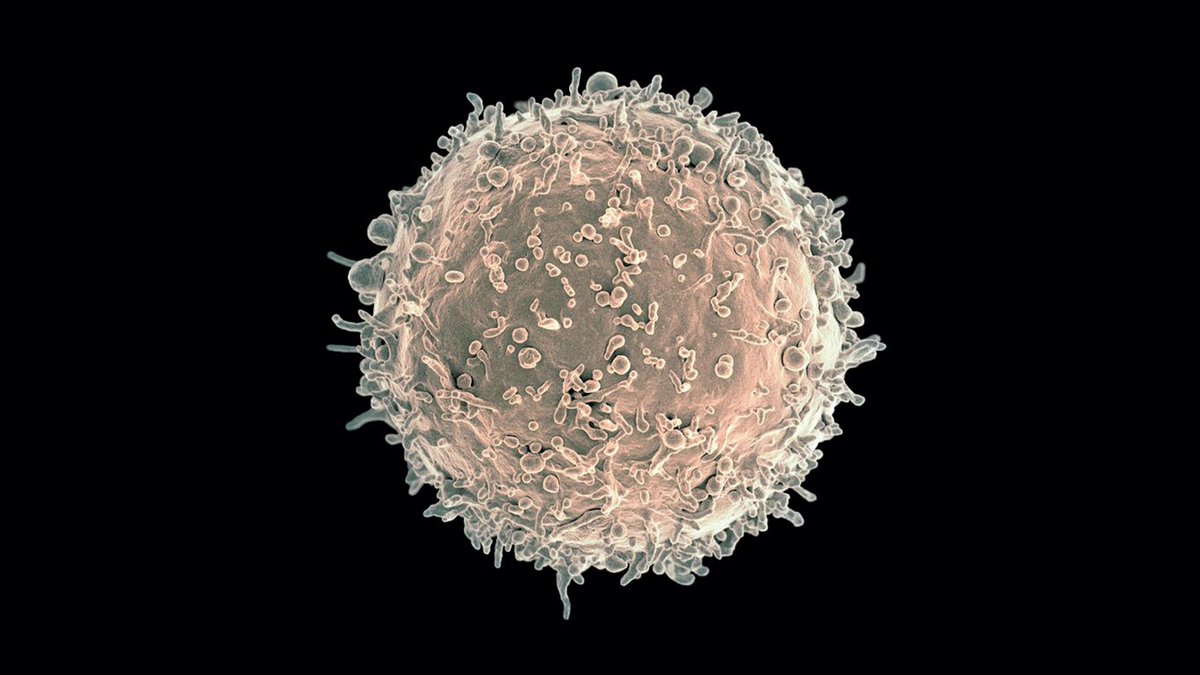The neuroplasticity framework of depression has the potential to replace the serotonin deficit hypothesis.
🧵1/17
🧵1/17

The serotonin deficit hypothesis explanation for depression has persisted among clinicians and the general public alike despite insufficient supporting evidence. 2/17 nature.com/articles/s4138…


We must acknowledge that multiple biopsychosocial factors can interact with each other and converge on depression pathophysiology; these myriad of contributing factors converge in ways that are not yet fully understood to cause the symptoms of depression. 3/17 

Although heterogeneous and distinct for each patient, these symptoms share features of dysfunction in brain circuits that process emotional and cognitive information and regulate survival functions like energy and motivation. 4/17
These dysfunctional circuits leave individuals “stuck” in a state characterized by negativity bias, depressed mood, anhedonia, and dysfunction in several other behavioural domains, such as motivation, appetite, and sleep. 5/17
In particular, being stuck in a rut of negative information processing can be understood as an impairment in cognitive and emotional flexibility. 6/17
As such, people with depression are slower to adapt to changing rules in cognitive flexibility and remain stuck with a narrow or rigid repertoire of emotions. 7/17
Collectively, these findings result in a tendency to perseverate on negative information and an impaired ability to respond to positive input. 8/17
From a structural level, the behavioural symptoms of depression come from changes in the volume, activity, and connectivity of brain regions and networks involved in emotional salience, reward processing, motivation, and executive functioning. 9/17
Key brain regions involved in depression pathophysiology include the prefrontal cortex (PFC), hippocampus, nucleus accumbens (NAc), and amygdala; broadly speaking, the activity of these brain regions and their connectivity with each other are primarily dampened. 10/17
At the cellular level, there is evidence of dysfunction in synapses: the junctions between neurons where electrical signals and chemical neurotransmitters pass from the axon of a sending (presynaptic) neuron to the dendrites of a receiving (postsynaptic) neuron. 11/17 

Synaptic dysfunction is most evident in pyramidal neurons, a prevalent class of neurons that release glutamate, thereby activating target neurons that release other neurotransmitters, such as serotonin, norepinephrine, dopamine, and acetylcholine. 12/17
A growing body of evidence suggests that treatments for depression work by enhancing neuroplasticity, rewiring dysfunctional brain circuits and synapses in adaptive ways that allow patients to become “unstuck” from negative thoughts, emotions, and behaviours. 13/17
Monoamines are still essential for antidepressant effects, but rather than correcting a deficit, the serotoninergic, dopaminergic, and noradrenergic activity of typical antidepressants likely play two major roles in facilitating the therapeutic response. 14/17
(1) triggering downstream molecular cascades that result in neuroplasticity more chronically, and (2) changing emotional processing and behaviour more acutely. 15/17
Similar mechanisms involving neuroplasticity likely underlie the effects of novel “antidepressants” such as ketamine and psychedelics. 16/17
Overall, in this new model, although depression cannot accurately be considered a deficit in serotonin, serotonin still has a role to play through its interactions with mechanisms of neuroplasticity. 17/17
Read more from the full paper in @molpsychiatry here nature.com/articles/s4138…
• • •
Missing some Tweet in this thread? You can try to
force a refresh







